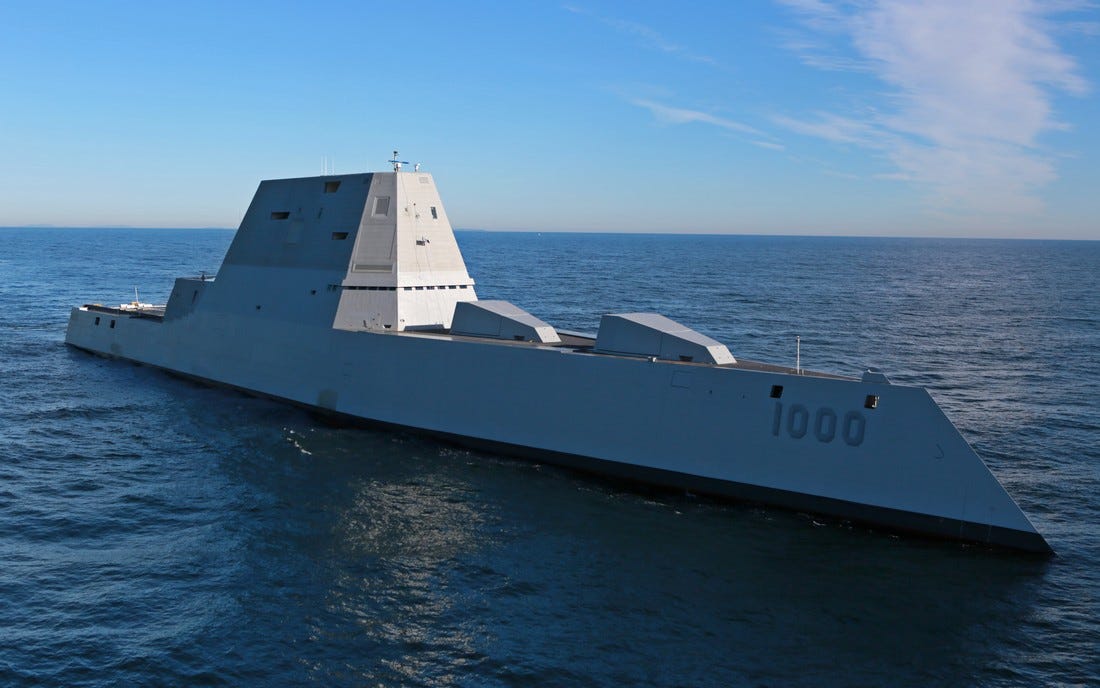November 4, 2016
ReutersCHANGING LANDSCAPE: “While the likes of Tata Steel and Jaguar Land Rover remain stalwarts and big employers in the U.K., other Indian businesses have been growing rapidly.” Workers leaving the Tata Steel plant in Motherwell, Scotland
For over a year now, ever since it began eyeing international expansion, Bengaluru-based education start-up BRAINSTARS India has been considering the U.K. The company, which develops maths, science and English products for six- to 14-year-olds, had thought Britain attractive for a number of reasons: a well-established and predictable school education system, and a strong university tradition of research and development.
The June 23 referendum result — in which Britain voted to leave the European Union — has done little to dent the enthusiasm of co-founder and CEO Ravi Shankar, who is headed to London on a reconnaissance trip next week. Even setting aside the weakening of the pound, which has made Britain a decidedly cheaper place to invest for Indian companies, it has thrown up opportunities, with the company attracting interest from other regions of the U.K. such as Wales, and the European continent, he says. “If you take a small business like us that does very niche work, we are now looking at a more competitive situation.” His belief that school policy is unlikely to change fundamentally in the wake of Brexit, as it might in other areas, also gives him a level of predictability perhaps not so widely experienced.
India Inc.’s expanding footprint








